Man-Made Crystals
Man-made crystals, also known as synthetic crystals or laboratory-grown crystals, are crystals that are artificially created through human processes rather than occurring naturally in the Earth. While natural crystals form over millions of years under specific conditions of heat, pressure, and chemical composition, man-made crystals are produced in controlled environments to replicate those same conditions.
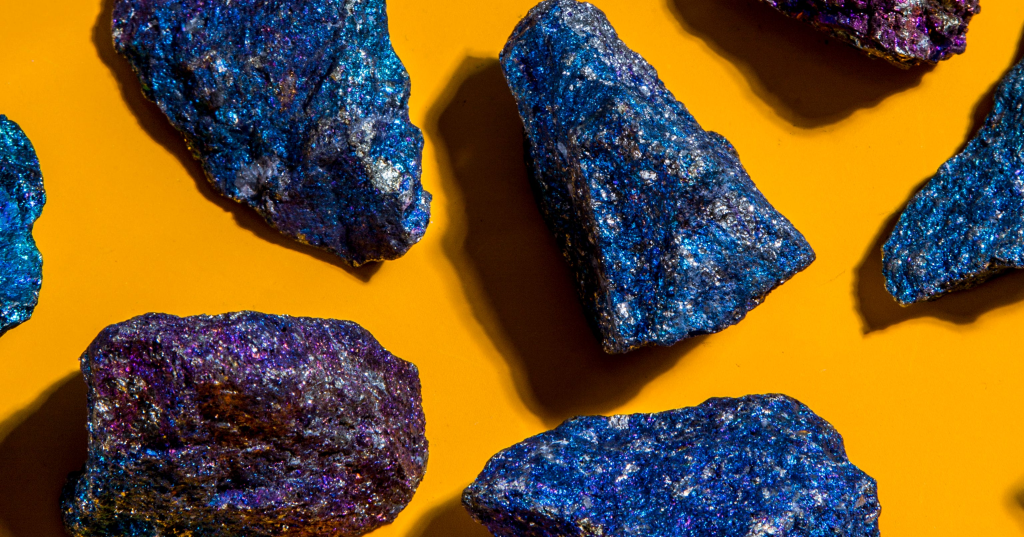
Types of Man-Made Crystals
- Synthetic Gemstones
These are artificial gemstones made to imitate natural gemstones in both appearance and chemical composition.- Cubic Zirconia (CZ): A synthetic diamond simulant made from zirconium dioxide. It is widely used in jewelry as a diamond alternative due to its brilliance and clarity.
- Moissanite: A man-made gemstone made from silicon carbide, often used as a diamond alternative. It is harder than cubic zirconia and has a fire (sparkle) similar to diamonds.
- Synthetic Ruby and Sapphire: These are made using methods like the Flame Fusion (Verneuil) process or the Czochralski method. They are chemically identical to their natural counterparts and are often used in jewelry.
- Lab-Created Emeralds: These emeralds are made using the flux-growth method or the hydrothermal method and are chemically identical to natural emeralds but can be produced faster and with fewer inclusions.
- Synthetic Opal: These are made by hydrothermal processes, mimicking the intricate internal structure of natural opal, and are often used in fashion and jewelry.
- Lab-Grown Crystals for Industrial Use Man-made crystals are not only created for gemstones but also for use in various industries, including electronics, technology, and research. Some of the most common lab-grown crystals used in industrial applications include:
- Quartz Crystals: Synthetic quartz is commonly used in electronics (e.g., for oscillators, watches, and computers) due to its ability to vibrate at specific frequencies when subjected to an electrical charge.
- Sapphire Crystals: Used in electronics and optical devices due to their extreme hardness, sapphire is produced synthetically using the Kyropoulos process or Verneuil method.
- Beryllium: Synthetic beryllium crystals are used in high-performance light alloys, often in aerospace and military applications.
- Artificial Crystals for Healing Some man-made crystals are specifically designed and sold for use in alternative healing practices and metaphysical purposes. While these crystals are typically used in a similar way to natural ones, their energetic properties are often debated in spiritual and crystal healing communities. Some common examples include:
- Man-Made Rose Quartz: Although natural rose quartz is a common healing crystal, some rose-colored crystals on the market are artificially created using glass and other materials.
- Glass “Crystal” Beads: Many crystal beads in jewelry, particularly in fashion jewelry, are made from glass that is treated to resemble real crystals, often enhanced with a metallic coating to create color effects (e.g., Aurora Borealis finish).
Manufacturing Processes for Synthetic Crystals
The creation of man-made crystals involves several scientific techniques, and the method used will depend on the type of crystal being produced.
- Czochralski Method:
This is used to grow synthetic crystals like rubies, sapphires, and quartz. In this method, a seed crystal is placed in a crucible with a material that will melt at a high temperature. The seed crystal is then slowly pulled from the melt to grow a large crystal. This process is commonly used in the semiconductor industry as well. - Verneuil Process (Flame Fusion):
This is a method used for producing synthetic gemstones like rubies and sapphires. A fine powder of aluminum oxide (for sapphires) or aluminum oxide with traces of chromium (for rubies) is dropped into a flame that melts it. The molten material then cools and solidifies, forming a crystal. This method is mainly used for gemstone production. - Hydrothermal Method:
Hydrothermal synthesis uses water under high pressure and temperature to create crystals similar to those that form in nature. This method is commonly used to create synthetic emeralds, amethysts, and quartz crystals. A seed crystal is placed in a nutrient-rich solution, and the conditions mimic the natural conditions found deep in the Earth’s crust. - Flux Growth:
This method involves using a flux (a substance that facilitates the melting of other materials) to grow synthetic crystals. The flux dissolves the raw materials and allows them to crystallize into a specific structure as it cools. This method is used to create synthetic emeralds and sapphires. - Chemical Vapor Deposition (CVD):
CVD is used primarily for creating diamond crystals. This process involves placing carbon gas (usually methane) into a chamber where it is heated, and the carbon atoms deposit onto a substrate, slowly building up layers of crystalline diamond.
Advantages of Man-Made Crystals
- Cost-Effective: Man-made crystals, especially synthetic gemstones, are often much more affordable than their natural counterparts, while maintaining similar appearance and properties.
- Ethical Considerations: Synthetic gemstones are considered more ethical than natural ones, as they don’t contribute to mining and its associated environmental and human rights concerns.
- Quality Control: Synthetic crystals can be produced with fewer inclusions and defects, leading to higher clarity and quality in gemstones and crystals.
- Faster Production: Synthetic crystals can be produced much more quickly than natural ones, allowing for large-scale production for industrial and jewelry purposes.
Differences Between Man-Made and Natural Crystals
While synthetic crystals can be chemically identical to natural ones, there are often key differences in their formation:
- Inclusions and Natural Characteristics: Natural crystals often have inclusions or imperfections (such as bubbles, cracks, or mineral growths) that are usually absent in synthetic crystals, which are made in a controlled environment to have fewer imperfections.
- Energy Properties: In the metaphysical and crystal healing community, some people believe that man-made crystals lack the same earth energy or natural vibrations that come from their natural counterparts. However, others argue that man-made crystals can still serve healing purposes depending on the intention and energy put into them.
Common Misconceptions
- Man-made crystals are fake: While man-made crystals are not naturally formed, they are not “fake” in the sense of being inferior or lacking value. They are simply made by human intervention, often with the same chemical composition and appearance as natural crystals.
- Synthetic crystals lack energy: Many people believe that synthetic crystals don’t possess the same energetic properties as natural crystals. However, others maintain that synthetic crystals can be just as powerful if you set clear intentions and work with them mindfully.
Conclusion
Man-made crystals are an important part of the modern world, serving both practical (industrial and technological) and spiritual purposes. While they may not form in nature, their chemical composition, aesthetic appeal, and functionality can be identical to natural crystals. Whether you’re using them for jewelry, healing, or industrial applications, synthetic crystals offer many benefits and opportunities, while still holding significant energy for those who choose to work with them.
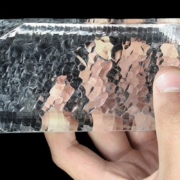
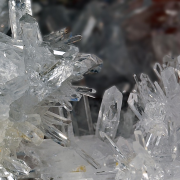
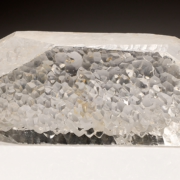
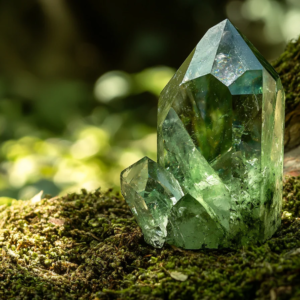
Leave a Reply
Want to join the discussion?Feel free to contribute!